Pangolins: What are they, why are they so endangered and what can we do to help?
These incredible creatures are completely unique but could be lost forever
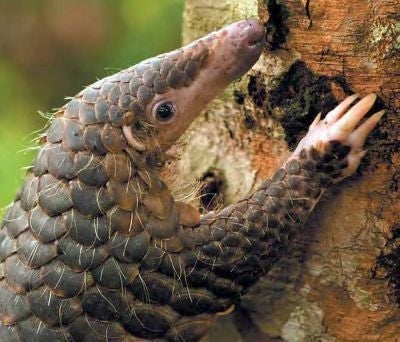
Your support helps us to tell the story
From reproductive rights to climate change to Big Tech, The Independent is on the ground when the story is developing. Whether it's investigating the financials of Elon Musk's pro-Trump PAC or producing our latest documentary, 'The A Word', which shines a light on the American women fighting for reproductive rights, we know how important it is to parse out the facts from the messaging.
At such a critical moment in US history, we need reporters on the ground. Your donation allows us to keep sending journalists to speak to both sides of the story.
The Independent is trusted by Americans across the entire political spectrum. And unlike many other quality news outlets, we choose not to lock Americans out of our reporting and analysis with paywalls. We believe quality journalism should be available to everyone, paid for by those who can afford it.
Your support makes all the difference.Conservationists are battling to save the pangolin, the most illegally traded animal in the world, before it is “eaten to extinction”.
Prince William recently quipped that the bizarre creatures, which are the world’s only scaly mammals, run “the risk of becoming extinct before most people have even heard of them”.
So, what are pangolins?
Also known as scaly anteaters because of their appearance, long tongues and favourite snacks, pangolins are mammals that inhabit tropical forests, dry woodlands and the savannah.
There are eight species still in existence found in India, China, south-east Asia and parts of Africa.
Pangolins are so unique they have a mammal order to themselves, Pholidota. Despite frequent comparisons to anteaters and armadillos, they have nothing taxonomically in common.
About the size of a small cat, they are completely covered with scales made of keratin – also found in human nails – which start off as soft and harden as the creatures get older.
The armour-like scales come into play when pangolins are under attack, when they curl up into a spiky ball.
What do they get up to?
Pangolins are solitary, nocturnal and very secretive so many mysteries remain about their behaviour.
Chinese pangolins sleep in underground burrows but others climb the trees. All are well-adapted for digging and burrow for insects and termites and they can swim if needed.
According to the Save Pangolins conservation group, Chinese legend has it that pangolins can travel all around the world underground and in Cantonese language the name translates to “the animal that digs through the mountain”.
If feeling angry or threatened, pangolins will hiss, puff and lash their sharp tails, but if the fight is too big they will just curl up until the attacker goes away.
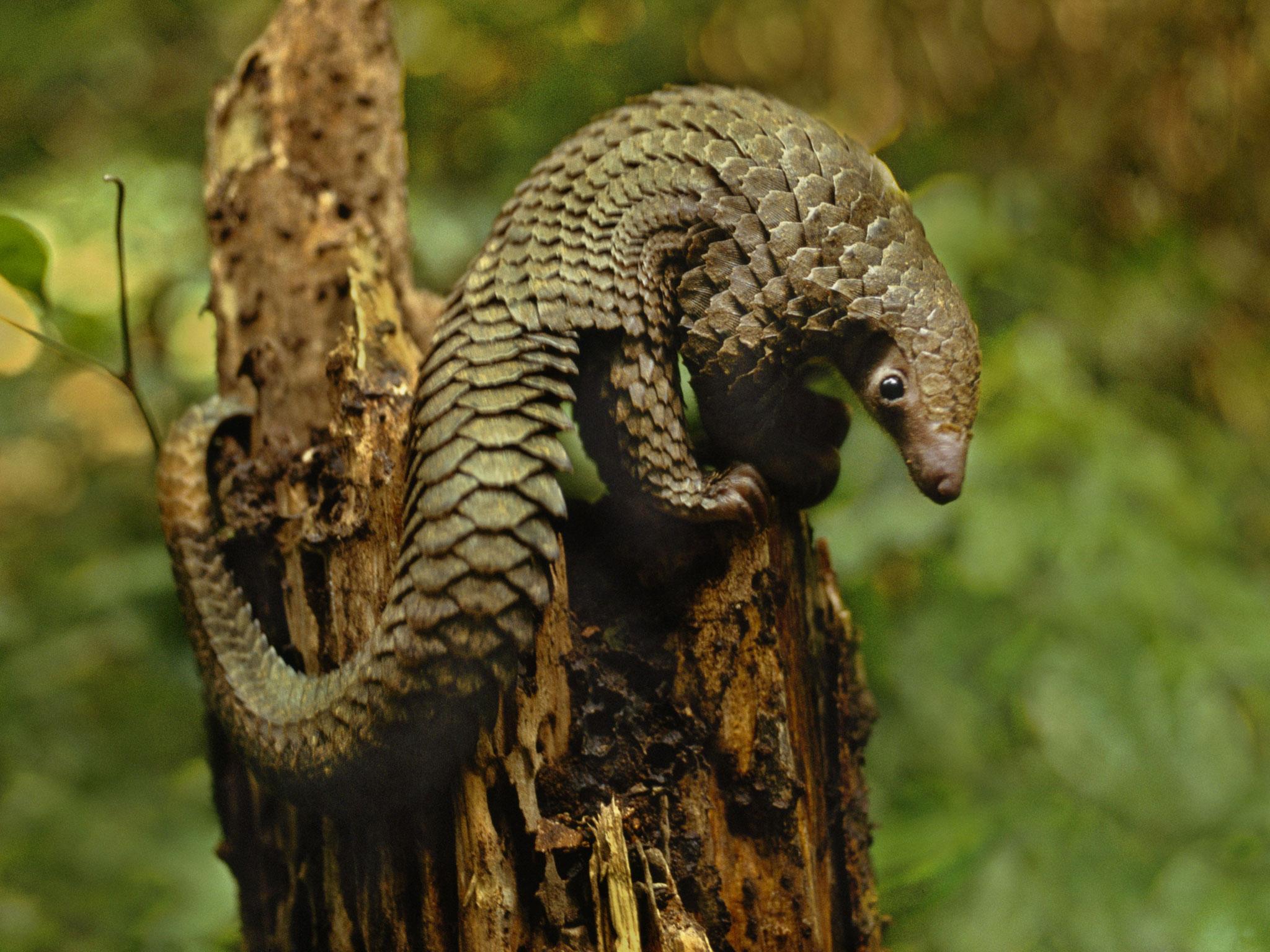
Are there different types?
Yes – there are eight different pangolins under various stages of threat in Asia and Africa .
• Chinese pangolin (Manis pentadactyla) – Critically Endangered
• Sunda pangolin (Manis javanica) – Critically Endangered
• Indian pangolin (Manis crassicaudata) – Endangered
• Philippine pangolin (Manis culionensis) – Endangered
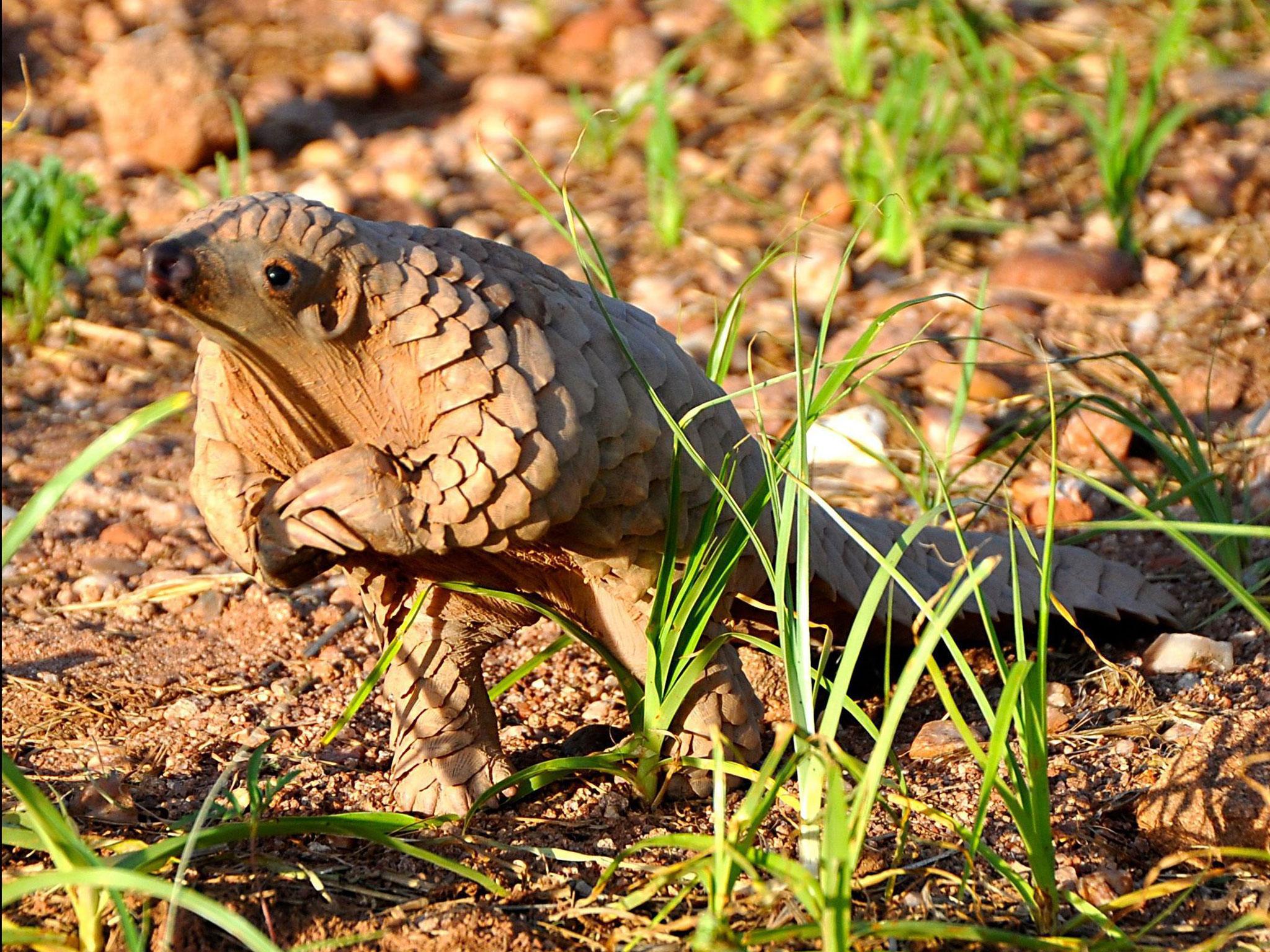
• Cape or Temminck’s Ground pangolin (Smutsia temminckii) – Vulnerable
• White-bellied or Tree pangolin (Phataginus tricuspis) – Vulnerable
• Giant Ground pangolin (Smutsia gigantea) – Vulnerable
• Black-bellied or Long-tailed pangolin (Phataginus tetradactyla) – Vulnerable
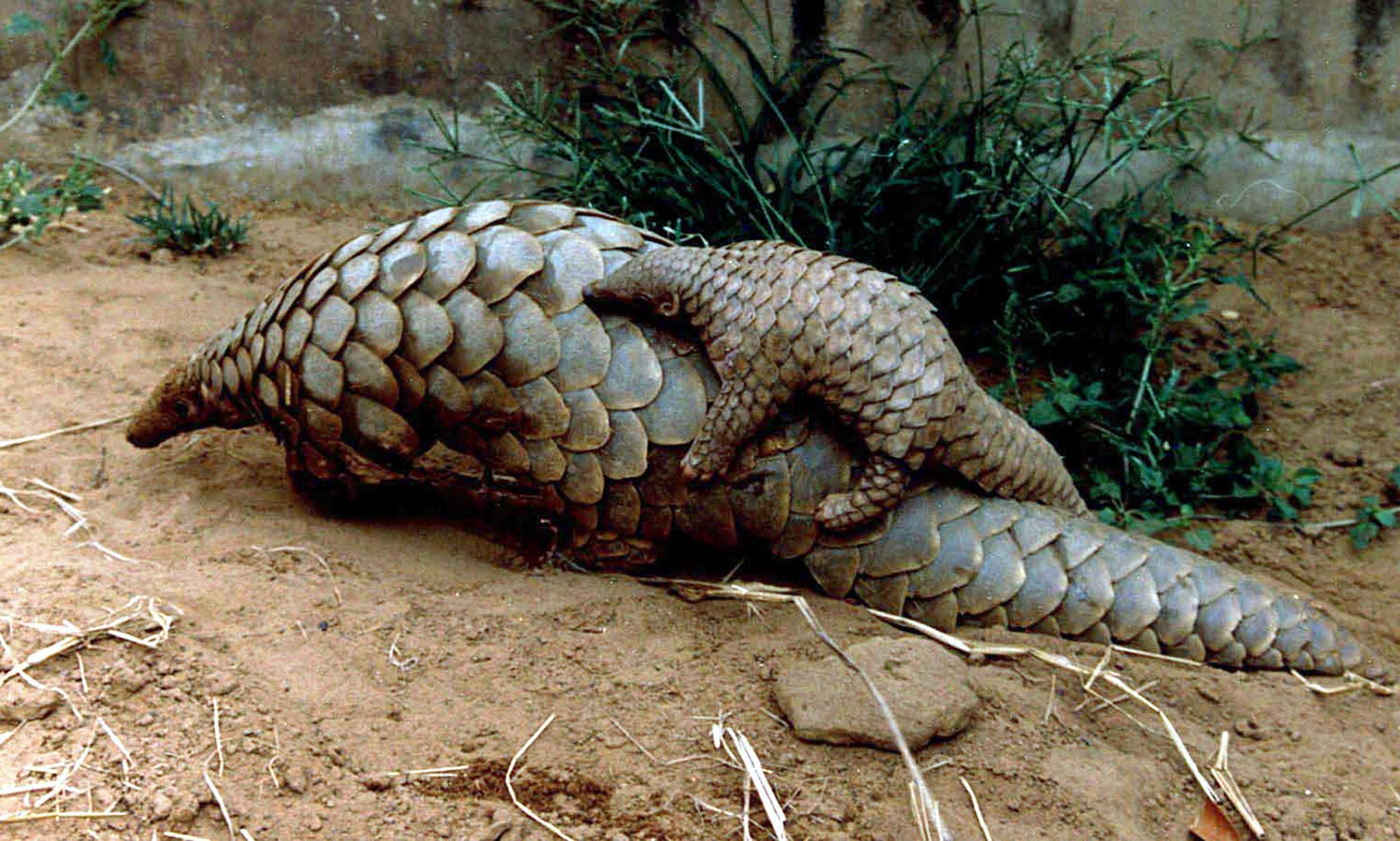
Why are they under threat?
Researchers warned last year that the Chinese pangolin is in danger of being “eaten to extinction” because of huge demand.
Roasted pangolin scales are believed to cure cancer, relieve palsy and even stimulate breast milk.
A study last year of seized goods since 2010 found 2.59 tonnes of scales representing approximately 4,870 pangolins, along with 259 intact creatures – 220 were living and 39 were dead.
The demand has seen prices rocket from £8.50 for a kilogramme of scales in 1990s to more than £360 today.
The increasingly lucrative trade is driving poachers to capitalise by snaring the creatures in forests and sometimes feeding them gravel to increase their weight and value.
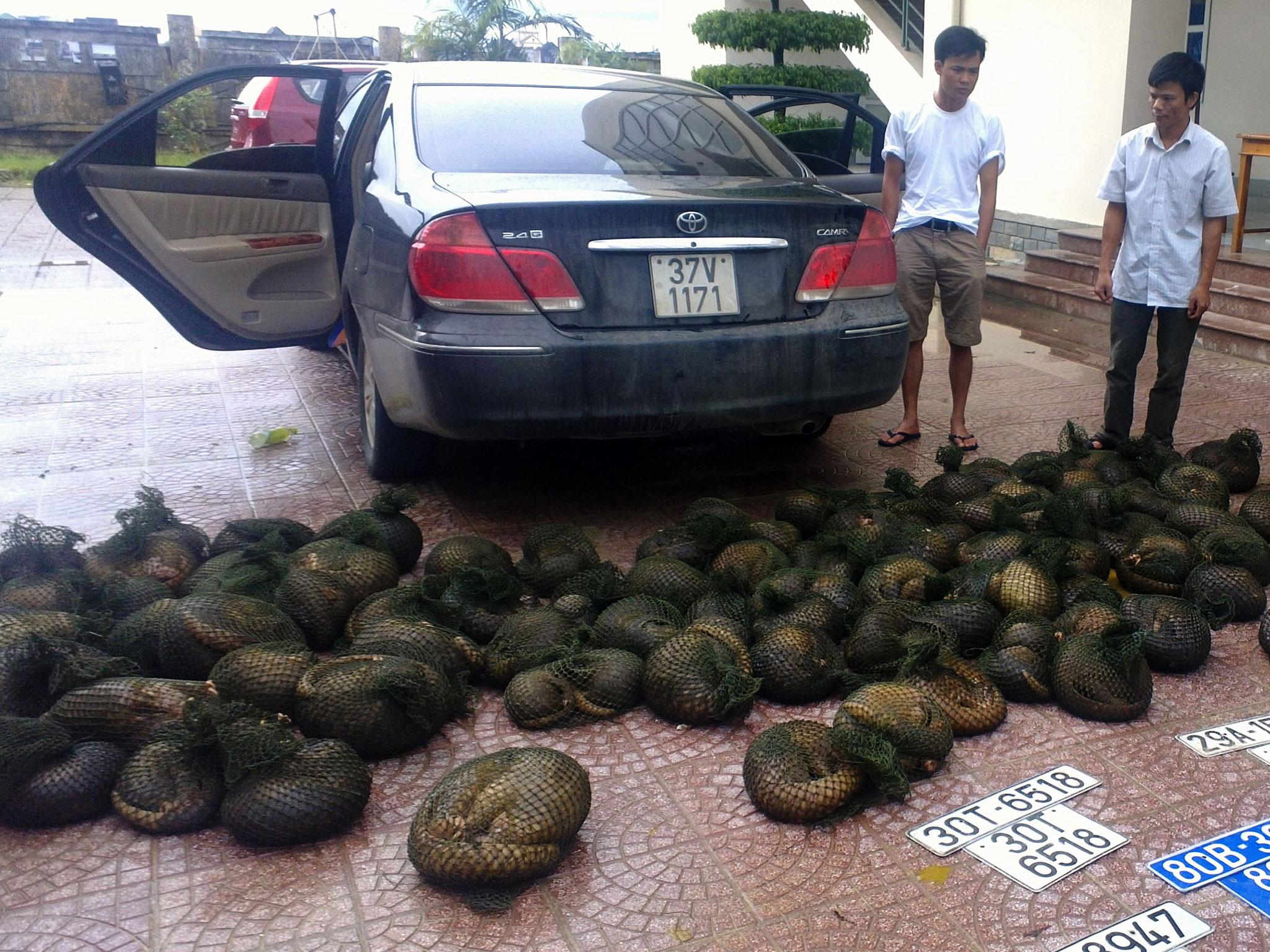
African pangolin species are also threatened by intensive hunting but their habitat is also under threat from the use of pesticides and electric fences.
They are eaten as bush meat and the scales are used in traditional medicin known as ‘Muti’ or Juju’.
Conservationists worry that African pangolins are also being targeted by poachers for intercontinental trade to Asian markets.
Aren't they protected?
Pangolins are protected by national and international legislation throughout their range but illicit hunting flourishes, predominantly in Asia.
This illegal trade takes place despite prohibitions under CITES (Convention on International Trade in Endangered Species of Wild Fauna and Flora) through the establishment of zero export quotas for Asian pangolins removed from the wild and traded for primarily commercial purposes.
A lack of awareness and information along with insufficient political pressure makes tackling the black market trade more challenging.
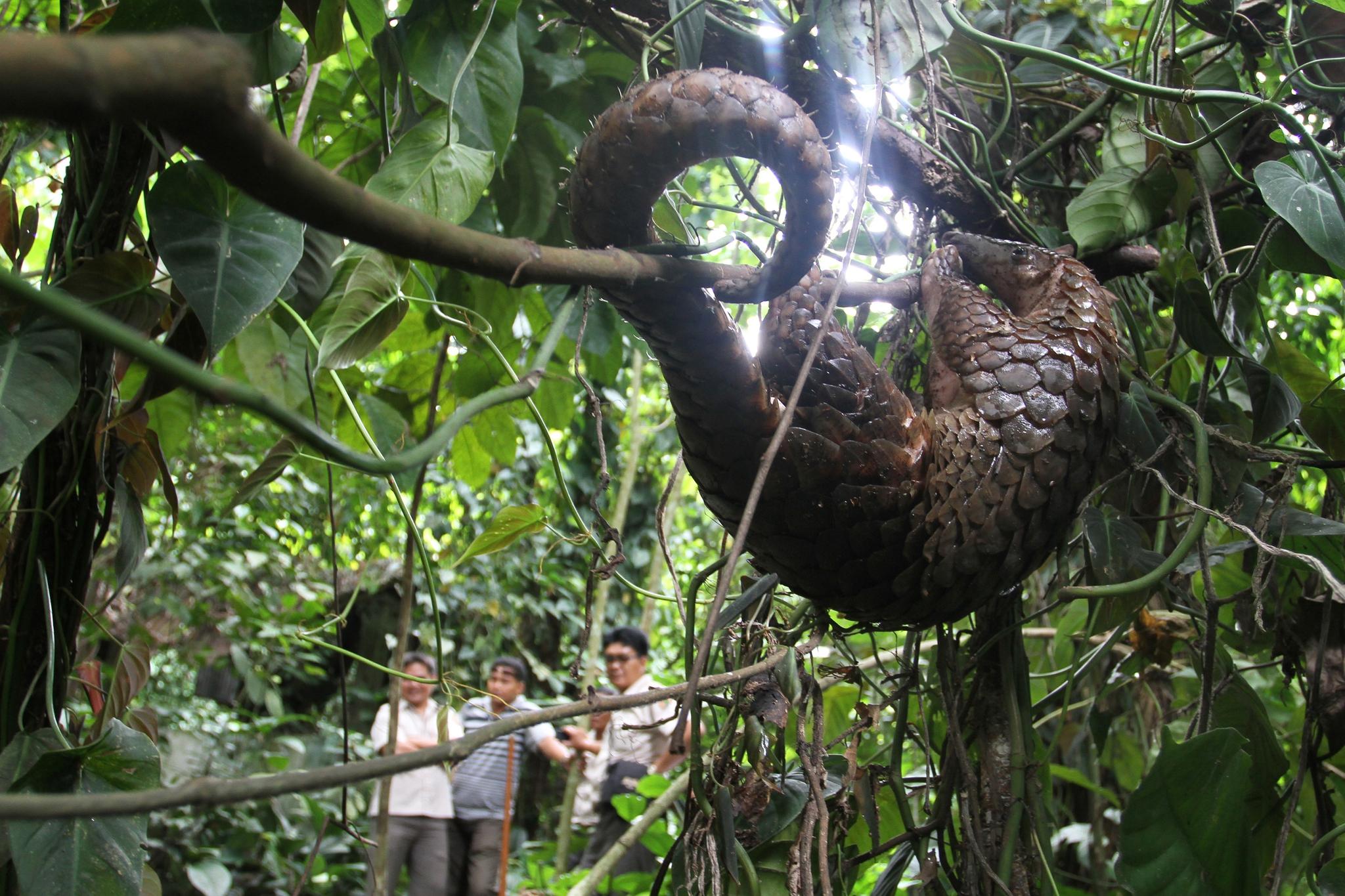
How can I help save the pangolins?
There are numerous charities helping them, find some of the details below.
Join our commenting forum
Join thought-provoking conversations, follow other Independent readers and see their replies
Comments